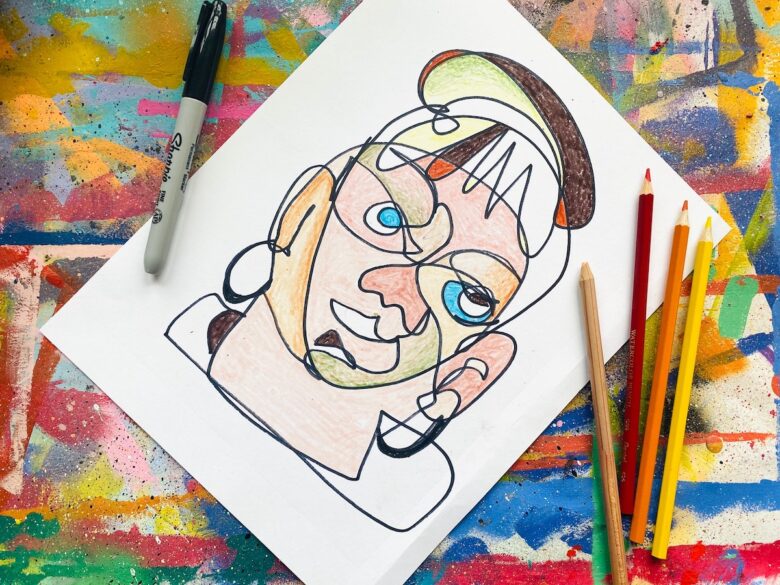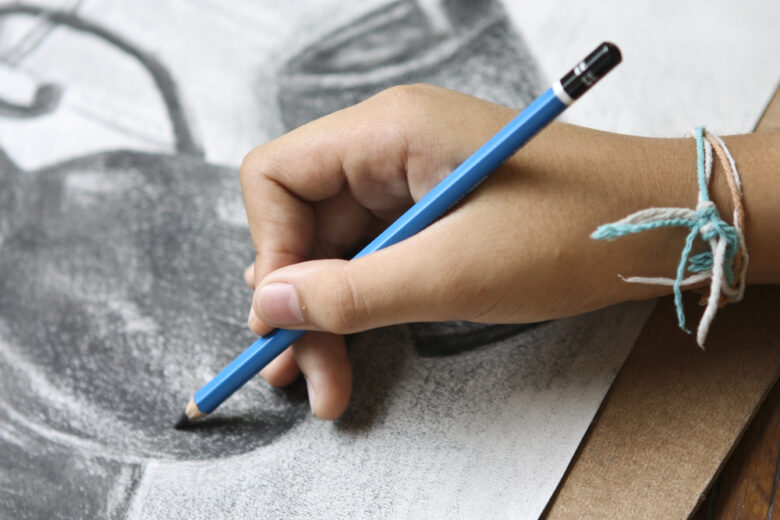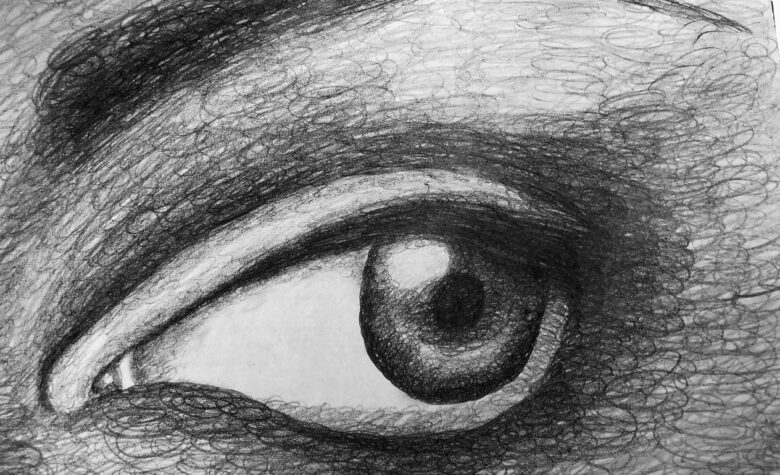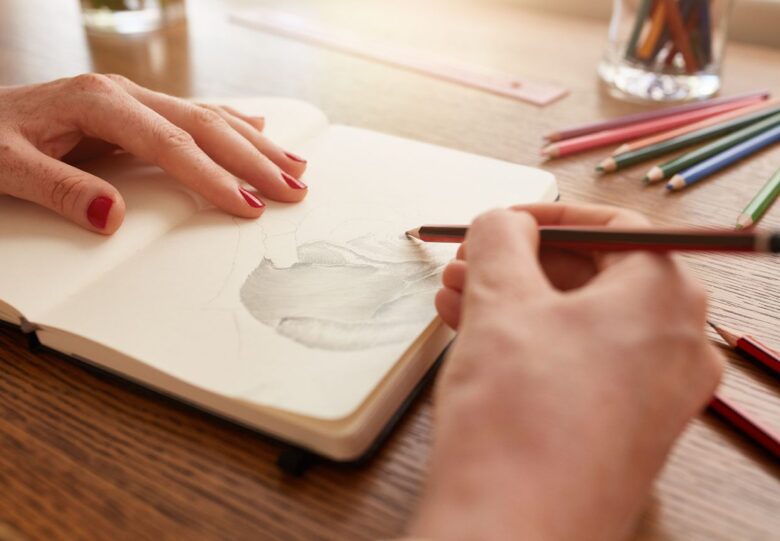Drawing has been around since the cave dwellers. From their simple and primitive drawings depicting everyday life to today’s more complex techniques, it has evolved into a new form of art.
Nowadays, there are many different ways one can draw even the most basic of things. You can apply different techniques to much more complex drawings, such as humans and other characters.
Today, we’ll talk about all the different ways you can draw to improve your style.
Sketching techniques
As an artist, your style tends to develop throughout your life. This is why exploring different options is never a bad idea.
Here we will analyze the different sketching techniques you can try out, which will especially come in handy when drawing characters.
1. Gesture drawing and loose sketching
You may have heard of these two terms, but if you haven’t, you are in luck. These two sketching types are similar but are not the same.
Loose sketching is used when you want to set up a composition, whether it is objects or multiple characters in one sketch.
The perfect example of this would be Viron. If we observe this intricate drawing, we can clearly see numerous characters in one picture. With loose sketching, you will be able to lay down your base.
Explore the best placement for your multiple characters before setting down the final lines.
And the best part? Loose sketching will also help you gain the skills and confidence to beat the stiffness you may have.
Gesture drawing is similar to loose sketching. However, the main difference is that, unlike when sketching and placing objects, you are now faced with gestures.
These can be fun, and you can include your favorite characters, friends, or even your pet to help you get started.
It does usually apply to human gestures. However, animals also have gestures, as we know, so you can sketch your cat, dog, or any other pet you may own.
2. Contour drawing

Also known as contour line drawing, this is a technique often used when drawing still life and different objects rather than a humanoid character of any kind.
However, this is an excellent technique for beginners as it helps freehand the lines and make a good base for later outlines.
A fun fact is that contour means outline in French, which is where the name comes from.
This way of drawing helps the artist concentrate on lines rather than the rest of the details, such as shading, which is excellent when starting out.
While great for beginners, many experienced artists use this technique to start their composition. This can also come in handy if you wish to draw characters like those on the Biowars website.
3. Sketching with an eraser
This technique is not often used and is commonly known as drawing from the shadows.
It is a bit complicated to master but fun once you get the hang of it. You draw the character you want, shade it as much as possible, and then use a kneaded eraser to emphasize the lines.
When using this method, you can use a graphite pencil or charcoal. The latter is more popular as the lines are more visible and have a significant impact.
Here is an excellent example of how to sketch a 3D character:
Shading techniques that will elevate your drawing
When it comes to shading, these still fall under drawing techniques. They can easily make or break any piece of art.
Shading helps give depth to the artwork and elevate your drawing from a simple flat sketch to a 2D masterpiece in a few steps.
There are so many different options you can choose from and practice, and we will cover one of our top picks.
1. Stippling

Believe it or not, this technique is considered a part of shading. However, it can sometimes be used as a drawing method if you do not want to use any crisp lines in your sketches.
The key here is to choose your pencils carefully and practice the force you use to stipple. Why are pencils necessary? Because the wider the pencil, such as B8, the greater the mark on the paper and the broader the surface covered.
To make stippling work, you need to overlap and tighten the stippling together for bigger, more in-depth shadows. For softer shading areas, the pencil should be thinner and the stipples further apart.
2. Hatching and cross-hatching
One of the most prominent techniques currently being used and taught, hatching has been around since the Middle Ages.
While most would say that hatching uses the same style as the stippling method, which is keeping the lines closer or further apart, depending on the type of shading you want. This is not necessarily the only way.
This shading method is beneficial for beginners as it can easily teach them control and help them loosen their grip on the pencil and coal.
When you first start using this technique, you will notice your lines are harsher, thicker, and almost angry looking. However, as time passes and your grip loosens, and your wrist gets used to the movement, it will become easy to use hatching for both delicate and harsh lines.
Cross-hatching is similar. However, in this case, you would overlap the lines. This will also allow you better control of those deeper shades you wish to emphasize, as shown in the picture below.
It helps create texture, adds depth to any drawing, and can be used even with color.
3. Shading by scumbling

This fun technique allows you to add shade to your drawing by adding tiny circular marks. If you want deeper shading, you can go over the ones you laid down already.
It is a very easy-to-master method that allows you greater control. Perfect for using colored pencils, it will enable you to overlap your colors and create almost a reflection of objects around you.
What is interesting is that if you have a white object or a fabric paired with different colored things in the same drawing, all the colored objects will reflect on the white. This is what makes this technique perfect.
Final Thoughts
While Biowars characters are done digitally, they are really fun to recreate. Most of the time, drawings can look as good, if not better than digital artwork as you can see the strokes of the pencil and shadings.
We recommend you try and put your spin on some of their characters, whether they’re human or not, and see how they turn out.


